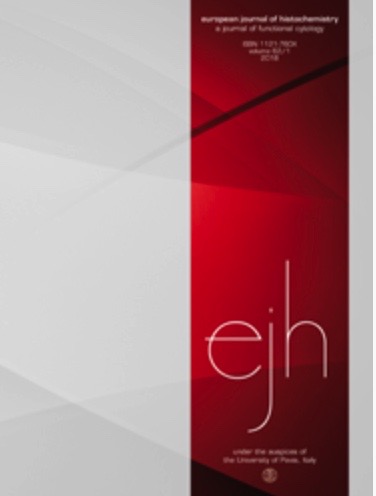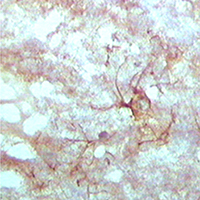 Smart Citations
Smart CitationsSee how this article has been cited at scite.ai
scite shows how a scientific paper has been cited by providing the context of the citation, a classification describing whether it supports, mentions, or contrasts the cited claim, and a label indicating in which section the citation was made.
PDTC ameliorates neuropathic pain by inhibiting microglial activation via blockage of the TNFα-CX3CR1 pathway
Previous studies have suggested that pyrrolidine dithiocarbamate (PDTC), a nuclear factor κB (NF-κB) inhibitor, play a role in deterring nerve injury-induced neuropathic pain (NP) The activation of NF-κB pathway may contribute to spinal microglial activation, CX3CR1 and tumor necrosis factor-alpha (TNF-a) up-regulation. The aim of this study was to clarify whether PDTC could inhibit the development of neuropathic pain via decreasing TNF-a-induced CX3CR1 up-regulation. Sprague-Dawley rats were randomly divided into sham group and NP group. Rats in each group were treated with intrathecal infusion of PDTC (100 or 1000 pmol/d) or saline. The sciatic nerve chronic constriction injury (CCI) model was used to induce NP in rats. Mechanical stimuli and radiant heat were used to evaluate mechanical allodynia and thermal hyperalgesia. Spinal microglial marker OX42 and TNF-a were detected by immunohistochemistry. In vitro BV-2 microglia activation was induced by TNF-a incubation, and the levels of CX3CR1 were assessed by Western blot and reverse transcription-polymerase chain reaction. Pain behavior and immunohistochemistry results showed that intrathecal infusion of PDTC at 100 or 1000 pmol/d prevented the development of mechanical and thermal hyperalgesia, spinal microglial activation and TNF-a expression induced by sciatic nerve CCI in rats. In vitro experiment results showed that PDTC inhibited the TNF-a-induced CX3CR1 up-regulation in BV-2 microglial cells. In conclusion, intrathecal infusion of PDTC could attenuate the pain-related behaviors induced by sciatic nerve CCI through suppressing the spinal microglia activation and TNF-a up-regulation in rats. The NF-κB activation might be responsible for TNF-a-induced CX3CR1 up-regulation in microglia.
How to Cite
PAGEPress has chosen to apply the Creative Commons Attribution NonCommercial 4.0 International License (CC BY-NC 4.0) to all manuscripts to be published.








